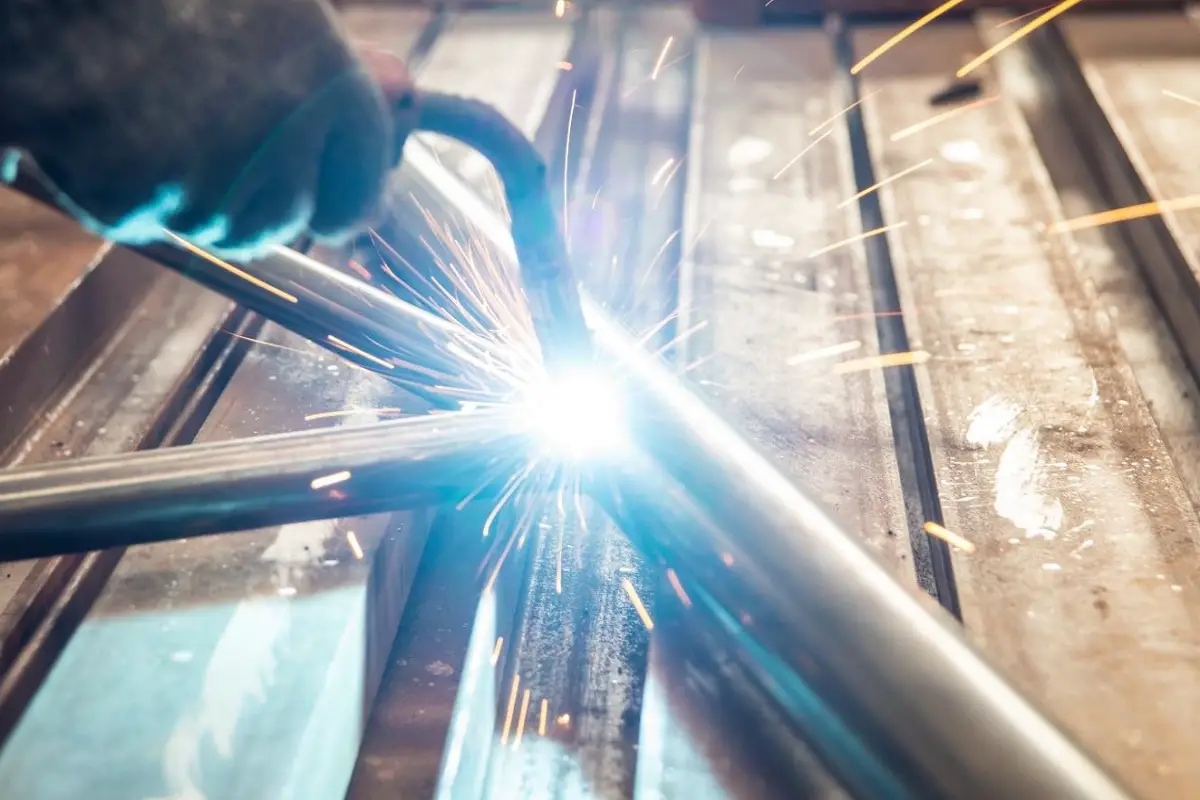Welding is a dangerous activity, especially if you are not wearing proper safety gear. There are many welding injuries that can occur, but some are more common than others. Here are the top 5 welding injuries, and how to avoid them:
1. Burns
The most common welding injury is a skin burn. This can happen when you come into contact with the welding arc or sparks. To prevent this, always wear welding gloves and safety helmets. Burns from welding can occur if you are not careful.
There are two types of welding burns: thermal and electrical. Thermal burns happen when the heat from the welding arc comes in contact with the skin. This type of burn is typically less serious than an electrical burn. Electrical burns happen when a person touches an electrical source, sending a high-energy current through the body. The electrical arc produced by the welding machine can result in an electrical burn.
There are further three levels of welding burns: first degree, second degree, and third degree. First-degree welding burns only affect the outer layer of skin and usually heal within a week. Second-degree welding burns go through the outer layer of skin and affect the second layer of skin. Third-degree burns damage the outer layer of skin (epidermis) and the layer beneath (the dermis).
Welding injuries can be very serious and welding burns are no exception.
2. Eye damage
Eye damage from welding can easily happen because of the strong light flash. It is important to always wear welding goggles when welding. Another welding injury that can occur is skin burns. The sparks from welding can easily cause burns on the skin. It is important to wear long sleeves and pants when welding to avoid these injuries.

3. Cuts And Bruises
Cuts from welding can happen from the welding machine, or the sharp metal edges of the welding rod, welding wire or other welding materials. These can be quite severe and require medical treatment.
You can be bruised when welding due to accidentally dropping metal onto your leg or foot, or having it fall on top of your hands. Steel is very heavy, and can easily bruise the skin or even break bones if it falls onto it. This is especially true in industrial settings where large equipment is being welded into shape. Always wear welding gloves and protective clothing when welding to avoid these types of injuries.
4. Hearing Damage
Believe it or not, hearing damage is another injury you can sustain while welding. Dropping metal makes a very loud sound which can damage your hearing. If you also use a power grinder on metal between welding sessions, this can also damage the hearing. Arc flashes are another source of loud noise that can result in hearing damage. Continuous loud noises will have a long-term negative effect on hearing, which is why it is so important to wear hearing protection while welding.
5. Smoke Inhalation
Most people do not consider the risks to their lungs when they think about welding. However, weld smoke can be very dangerous, and even lead to a condition called Pneumosiderosis, more commonly known as ‘welder’s lung.’ Other lung conditions can result from welding over the long term, such as bronchitis and cancer.
When welding, metal dust, and fumes are released into the air which is then inhaled by anyone nearby. This is why all welders should wear a dust and fume mask that is capable of preventing small particles from entering the lungs.
Arc Flashes Are A Source Of Injury
Arc flash happens when a welding device gets to a point where it can no longer conduct an electric current without causing an explosion. During an arc flash, the heat and light released are extreme, and can easily damage the skin and eyes.
Arc flashes are also capable of making loud noises which can permanently damage a welder’s hearing. An arc flash may also cause debris to fly through the air and injure anyone nearby. Electrical burns are another risk of arc flash, as current could be sent through the welder’s limb or body.
Welding safety gear and helmets are designed to withstand the effects of arc flash, which is why it is so important to wear them.
To Close
Welding injuries can be prevented by wearing the proper safety gear and following safety procedures. Always consider the safety risks whenever you handle or use welding equipment.

